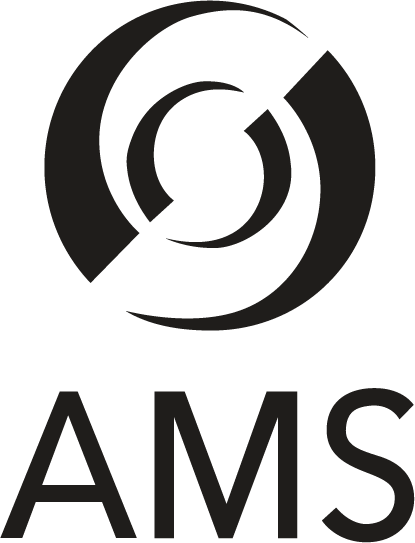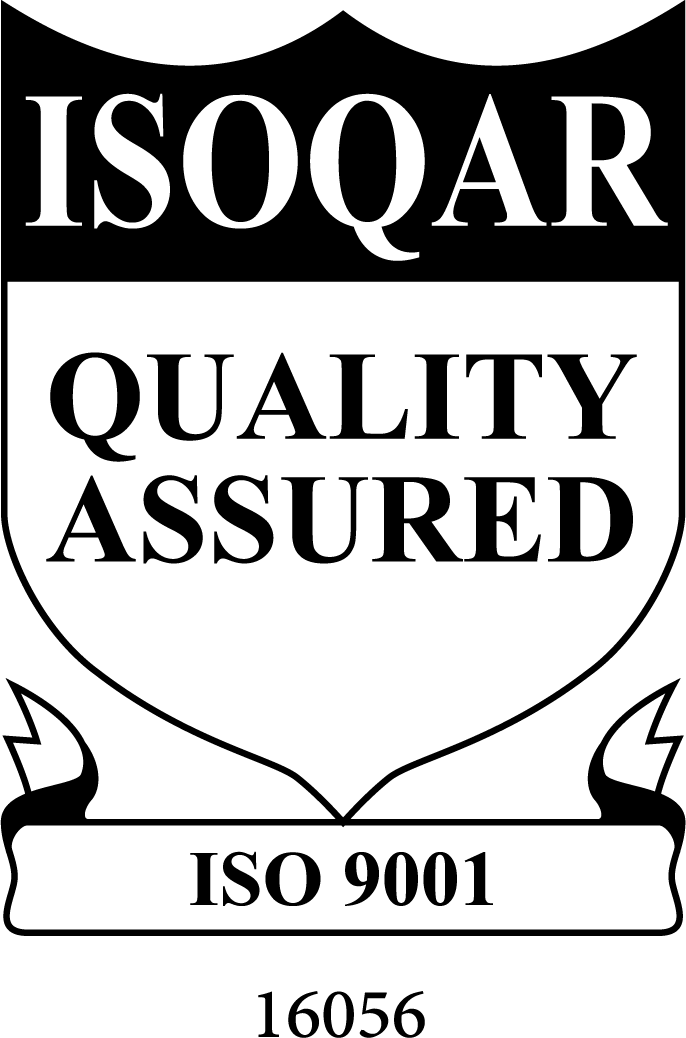M39014/07-A270KP
Coils and Transformers
COIL,RADIO FREQUENCY
M39014/07-A270KP
COIL,RADIO FREQUENCY
ACT NOW! SUBMIT A QUICK QUOTE.
Technical Characteristics
-
Core Construction
powdered single component
-
Winding Operating Current
170.0 milliamperes maximum of standard range b single component single winding
-
Dc Resistance Rating In Ohms
2.600 single component single winding
-
Minimum Self-Resonant Frequency (Non-Core)
25.0 megahertz single component
-
Unpackaged Unit Weight (Non-Core)
0.9 grams
-
Quality Factor
60 minimum single component single winding
-
Inclosure Type
fully inclosed
-
Overall Diameter
0.146 inches minimum and 0.166 inches maximum
-
Reliability Indicator
established
-
Maximum Operating Temp
105.0 deg celsius
-
Terminal Type And Quantity
2 wire lead
-
Coil Form Type
solid single component
-
Rating Method
electrical single component single winding
-
Mounting Method
terminal single group
-
Reliability Failure Rate Level In Percent
0.100
-
Inductance Rating
27.00 microhenries nominal single component single winding
-
Body Length
0.365 inches minimum and 0.385 inches maximum
-
Specification/Standard Data
81349-mil-c-39010/07 government specification
-
Frequency At Which Inductance And Quality Factor Applies (Non-Core)
2.5 megahertz single component single winding


 Certified to
Certified to









